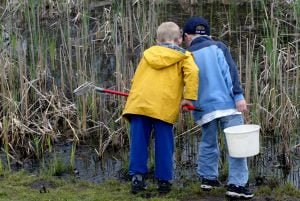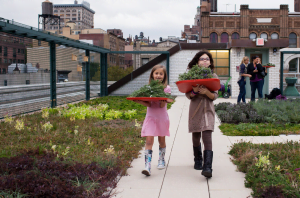Day Zero – Water Scarcity, Education, and Our Future
Cape Town, South Africa approaches it’s ‘Day Zero’; the day when water authorities will have no alternative other than to shut off its water taps. This dire situation has been brought on by drought conditions that have stretched over several years. Efforts to limit the nation’s second-largest city’s water consumption through conservation measures have been less than successful in stemming the crisis. Today, Cape Town residents are asked to use no more than 13.2 gallons of drinking water per day to avoid “Day Zero”. By comparison, the average American uses an estimated 80 to 100 gallons of water per day.1
Some facts:
We all remember learning in elementary school that Earth is the “blue planet”, with more that 75% of the world’s surface covered by water. But of all that water, only 2.5% of the water found on earth is freshwater. Of that small percentage of freshwater, 30.1% of this is found in groundwater deep below the earth’s surface, and another 68.6% of all available freshwater is stored in glaciers and polar caps. That leaves only 1.3% of the total freshwater on earth as surface water in sources like lakes, rivers, and streams. But it is this surface water that humans rely on for their biological needs.
T. Boone Pickens has been quoted as saying “Water is the new oil”. One threat to our fresh water supply is that we are withdrawing freshwater from the surface water resources and ground water aquifers at rates faster than replenishment or recharge. Another supply-side issue is the degradation of our world’s fresh water resources through over-building, deforestation, and introduction of pollutants. Often, even when there is enough water, the water quality is not good enough to meet human needs. Overlaying these issues, Sandra Postel, Director of the Global Water Policy Project points out that, “Rapid population growth makes water problems more complicated and difficult to solve”.
Education is power:
Today’s middle school students may enter their college years in a very different world. One where water shortages may disrupt our society. The World Wildlife Organization (WWO), identifies water scarcity as a key threat to the world’s future. The WWO estimates that by 2025, two-thirds of the world’s population may face water shortages. This means that education focusing on issues of water conservation, water scarcity, and water protection is needed to help equip these children for their future. The schools that we plan and build today can serve as teaching-tools to assist in drawing our students awareness to the issue of water conservation and water protection. Some examples include:

- Storm water detention areas that allow the infiltration of water temporarily retained above ground within the site. These detention areas are designed to slowly percolate and release to the aquifer rather than be collected and piped in fast-moving underground storm water systems connected to municipal systems. These detention areas can serve as educational opportunities for studies of vegetation, wildlife, and water quality.
- Low-flow, multi-flush, or waterless toilet fixture technologies offer an ability to reduce water consumption while offering a learning opportunity as awareness is raised regarding the amount of water consumed in waste removal. Some schools can collect water from roofs to be used in the flushing of toilet fixtures.
 Inclusion of below-ground, engineered water treatment devices in storm catch basins can be utilized in hard-surface and parking areas. These catch basin devices often combine swirl concentration and flow controls to help clean and capture trash, debris, sediment, and hydrocarbons from stormwater runoff. These devices can remove fine particles from parking area and other paved surface runoff down to 50 microns.2
Inclusion of below-ground, engineered water treatment devices in storm catch basins can be utilized in hard-surface and parking areas. These catch basin devices often combine swirl concentration and flow controls to help clean and capture trash, debris, sediment, and hydrocarbons from stormwater runoff. These devices can remove fine particles from parking area and other paved surface runoff down to 50 microns.2- Green roofs or vegetated roofs offer the opportunity of slowing the movement of storm water, as well as the benefit of serving as an additional filtration level before returning the water to the aquifer. Vegetated roofs can offer outdoor educational opportunities throughout the year as part of their care and maintenance.
The challenges of water conservation, water scarcity, and the protection of our water resources, are key issues that will shape the world that our children inherit. Our ability to raise awareness, understanding, and motivation to address these challenges among our students will help define our collective future. The educational environments that we develop today, play a significant role in modeling best practices, and serving as a key means of introducing these issues within the communities they serve.
References:
1 U.S. Geology Service, “The USGS Water Science School”, Water Questions & Answers.
2 Contech Engineered Solutions, “Vortechs Features and Benefits”.

